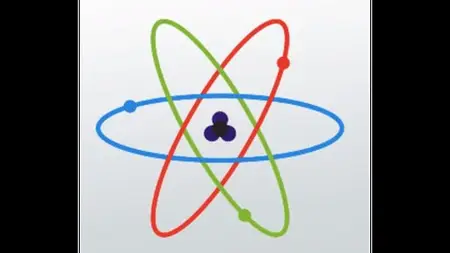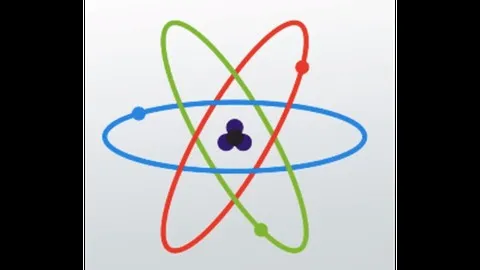Chemistry - Atomic Structure
Published 10/2024
MP4 | Video: h264, 1920x1080 | Audio: AAC, 44.1 KHz
Language: English | Size: 784.02 MB | Duration: 0h 38m
Published 10/2024
MP4 | Video: h264, 1920x1080 | Audio: AAC, 44.1 KHz
Language: English | Size: 784.02 MB | Duration: 0h 38m
Atomic models., quantum mechanical model, quantum numbers.
What you'll learn
History of subatomic particles.
Experiments to discover electron, proton and neutron.
Hydrogen spectra, de broglie equation, Heisenberg uncertainty principle
Atomic models
De broglie equation
Heisenberg uncertainty principle
Quantum numbers
Requirements
Knowledge of subatomic particles.
Description
This course starts with the demonstration of discharge tube experiments to discover subatomic particles followed by explanation of different atomic models proposed by different scientists.Such as Thomson model, Thomson said atom is a sphere of positive charge with negative charge embedded in it. Rutherford model, Rutherford performed alpha ray scattering experiment to discover nucleus in an atom.Bohr model, He said electrons are present in fixed orbits having fixed energy.Bohr could explain hydrogen spectra but it had some Hydrogen spectra consist of 5 spectral lines. These are Lyman, Balmer, paschen, Bracket and pfund series. De broglie proposed electron has dual character that is wave & particle character. He gave famous de broglie equation.Heisenberg said that it is not possible to determine position and momentum of electron simultaneously. Quantum mechanics deals with dual nature of matter. Quantum numbers give idea about shape, spin, orientation, and location of electron in an orbital. Finally we have some rules for filling orbitals with electrons. These are Aufbau principle, Hunds rule & Pauli's exclusion principle.Aufbau principle states filling of electron in orbitals takes place in the order of increasing energy of various orbitals.Pauli's exclusion principle states that no two electrons can have value of all the four quantum numbers same.Hunds rule of maximum multiplicity states that filling of electrons in a particular orbital take place only all orbitals are singly occupied with electrons in the same spin.Problems based on the content has not been taken in this course. The course is designed in such a way that every student can follow this course easily. Language is kept simple. Hope students purchasing this course find it useful & it makes chemistry learning interesting for the children.
Overview
Section 1: Structure of atom.
Lecture 1 Experimental demonstration of discovery of subatomic particles.
Section 2: Structure of atom.
Lecture 2 Different atomic models.
Lecture 3 Hydrogen spectra
Lecture 4 Quantum atomic model
Lecture 5 Rules for filling electrons in orbitals.
Beginner



